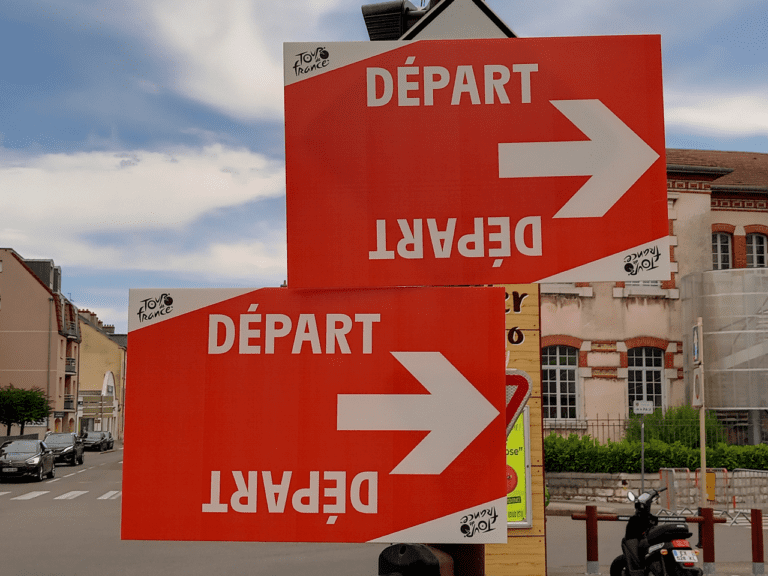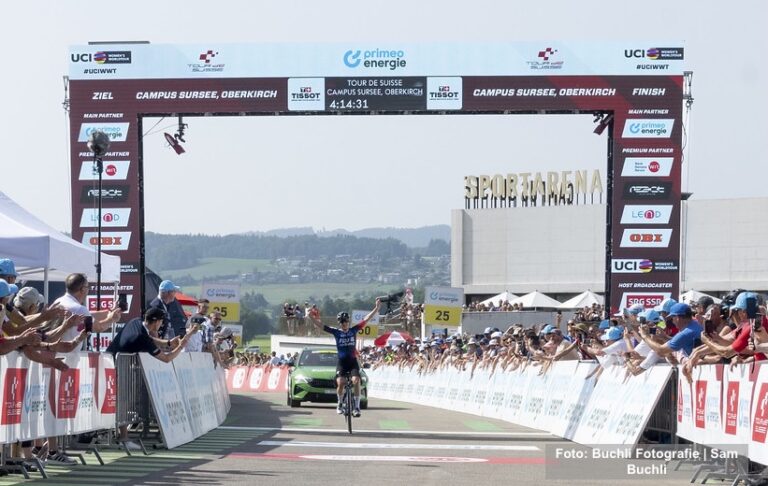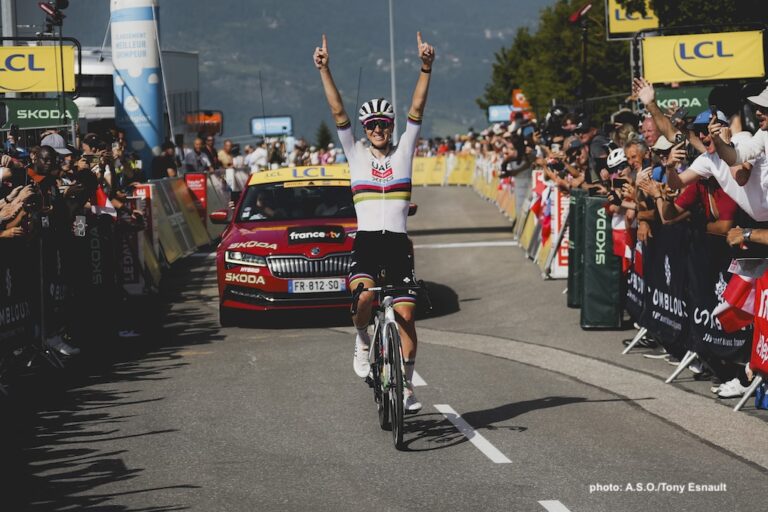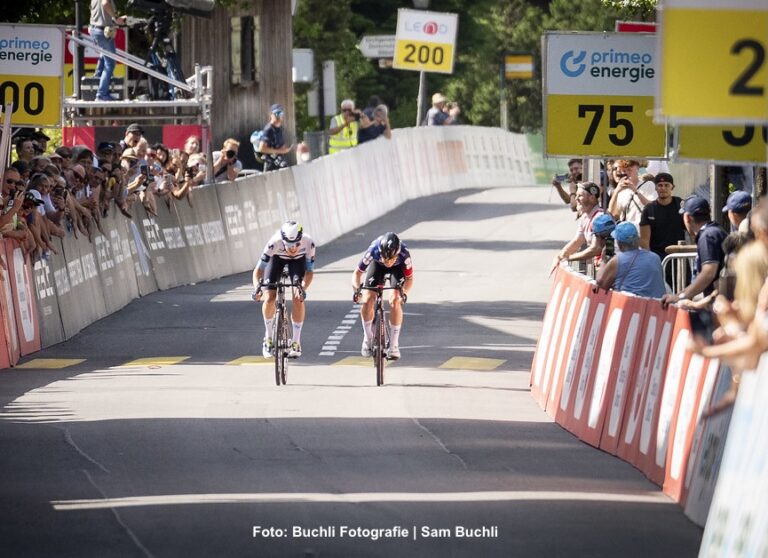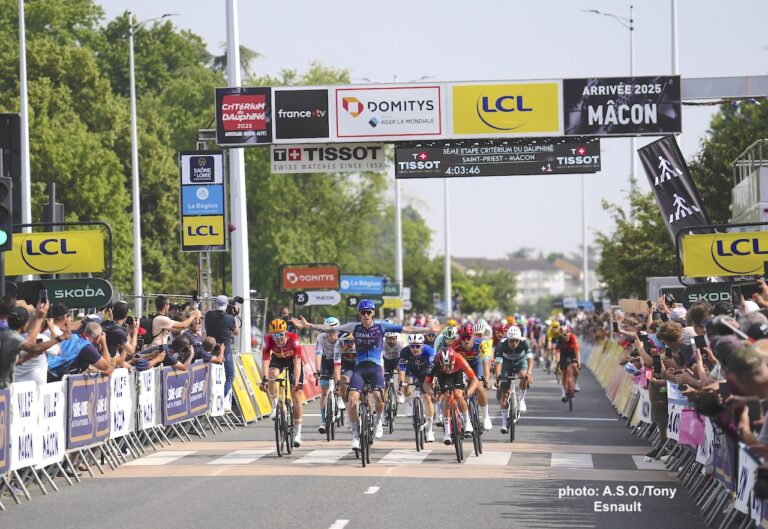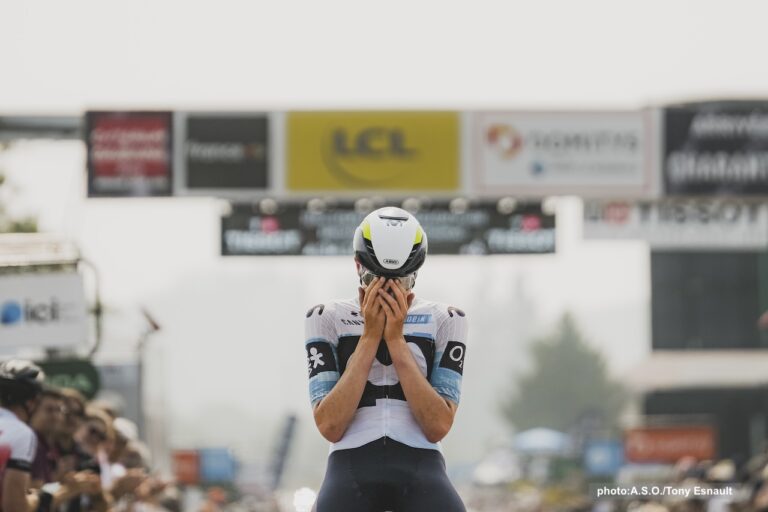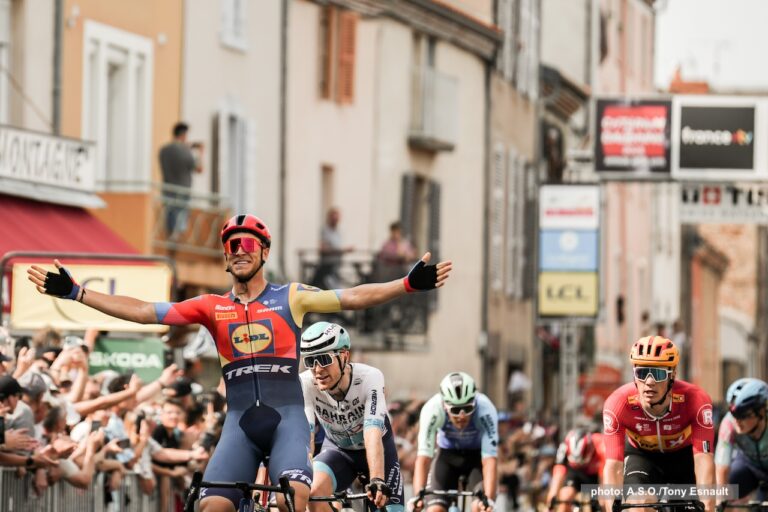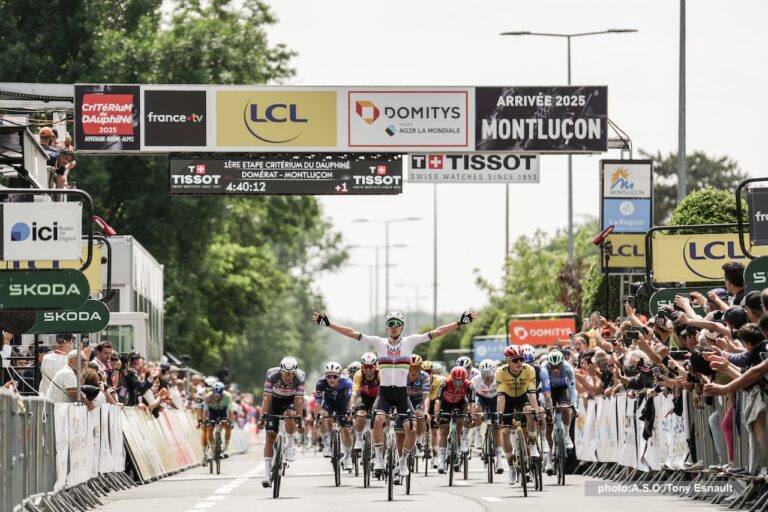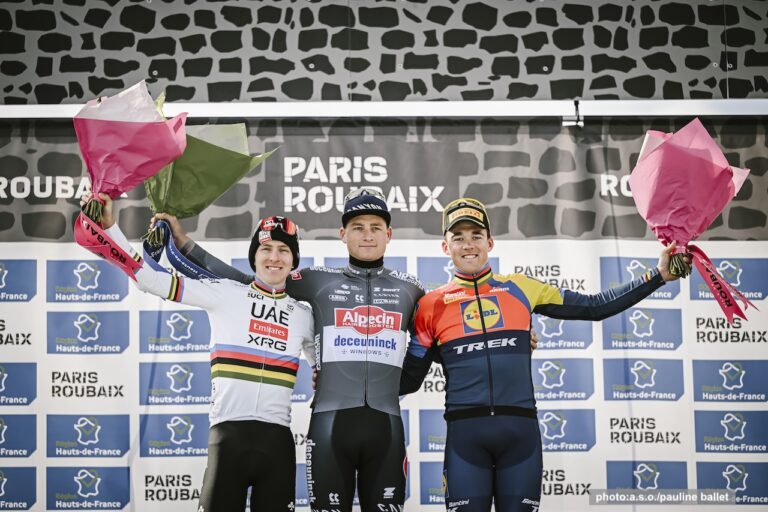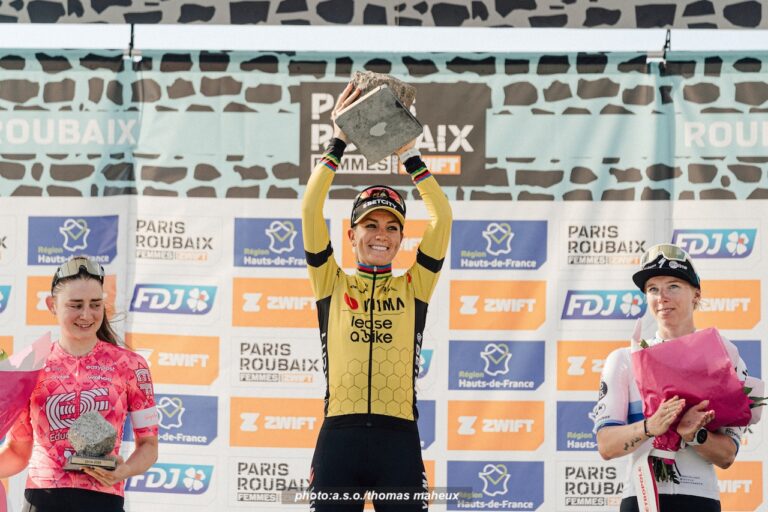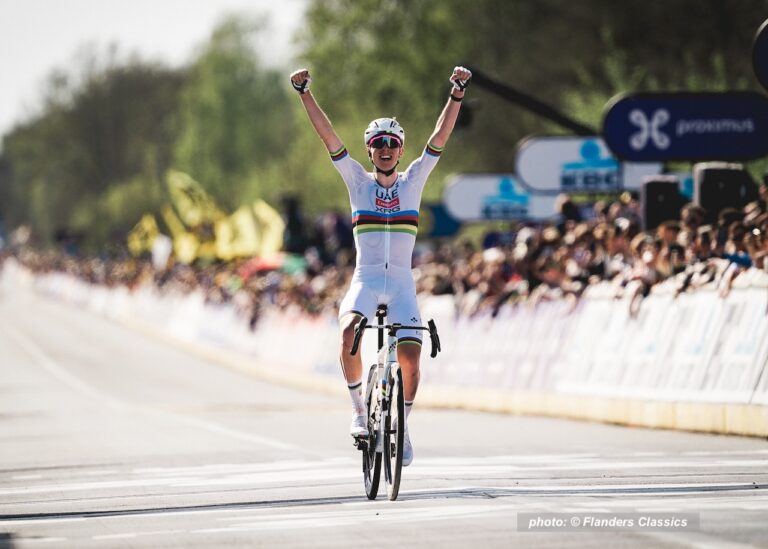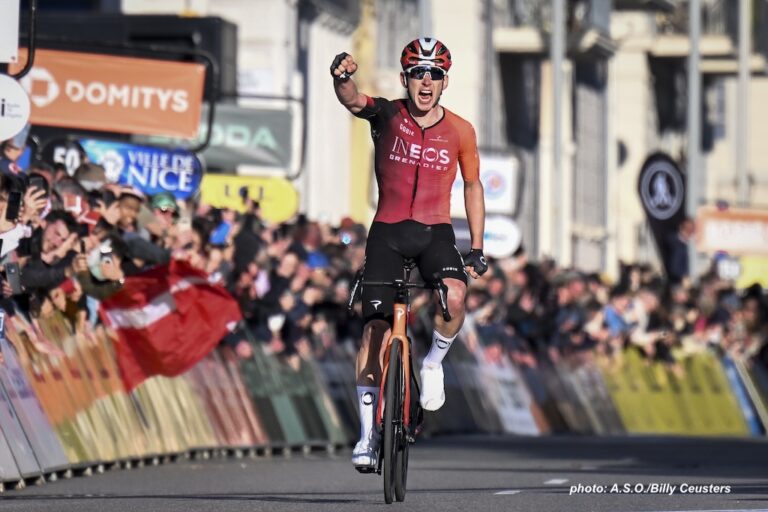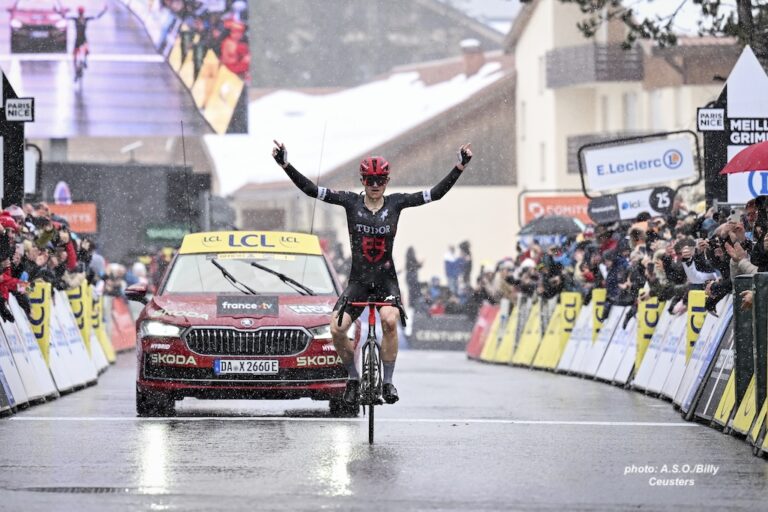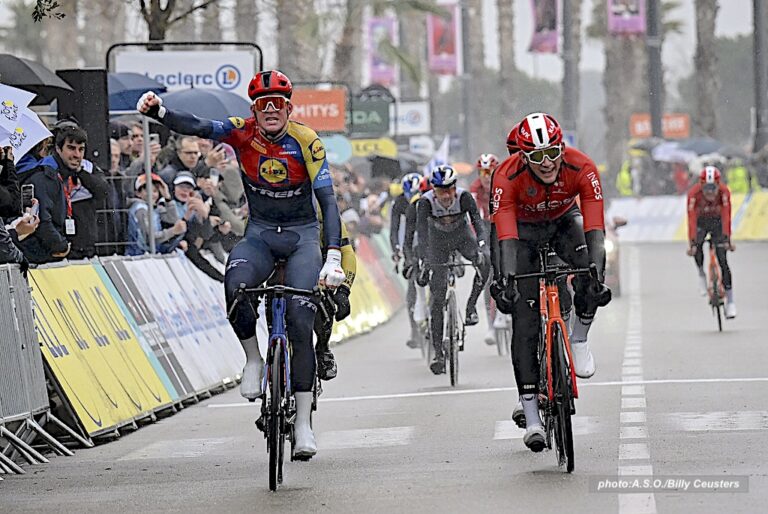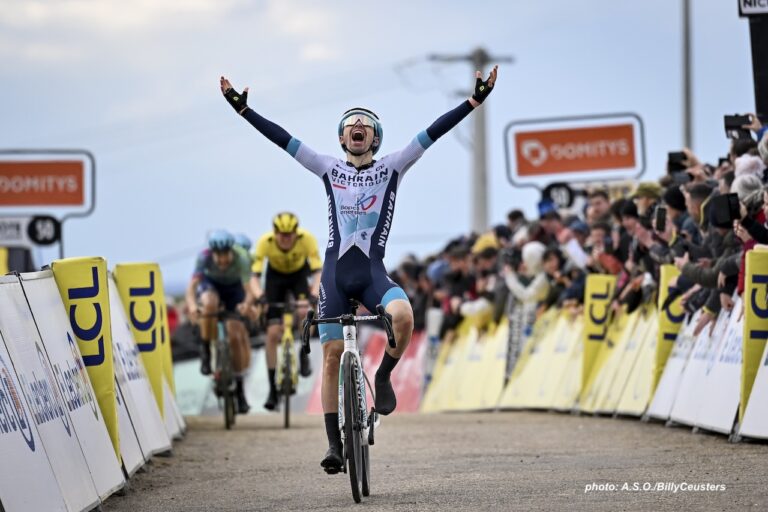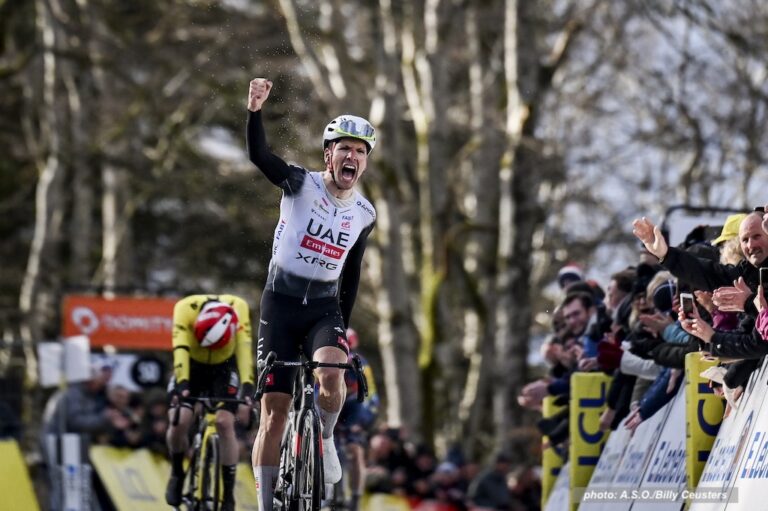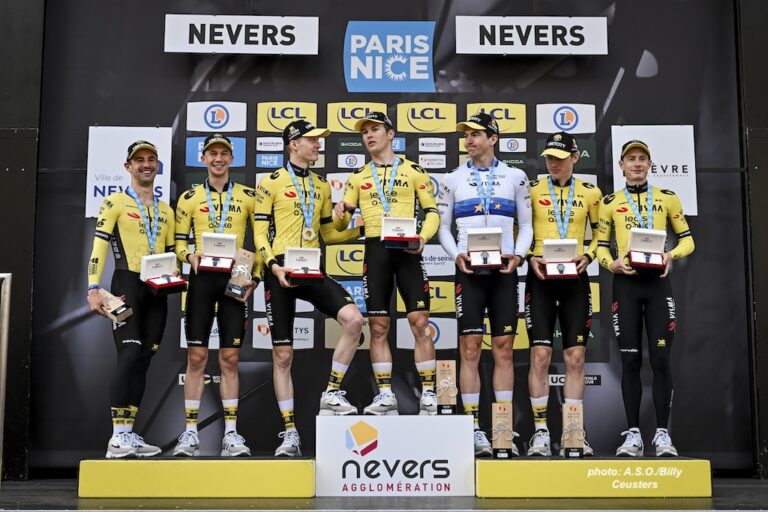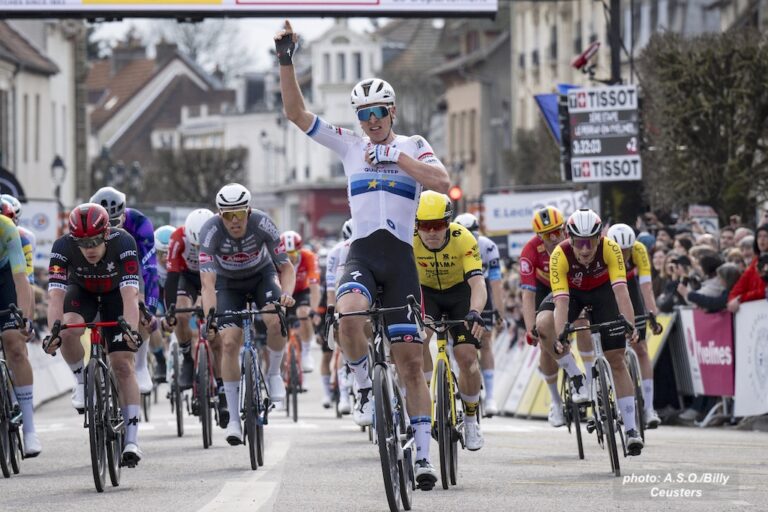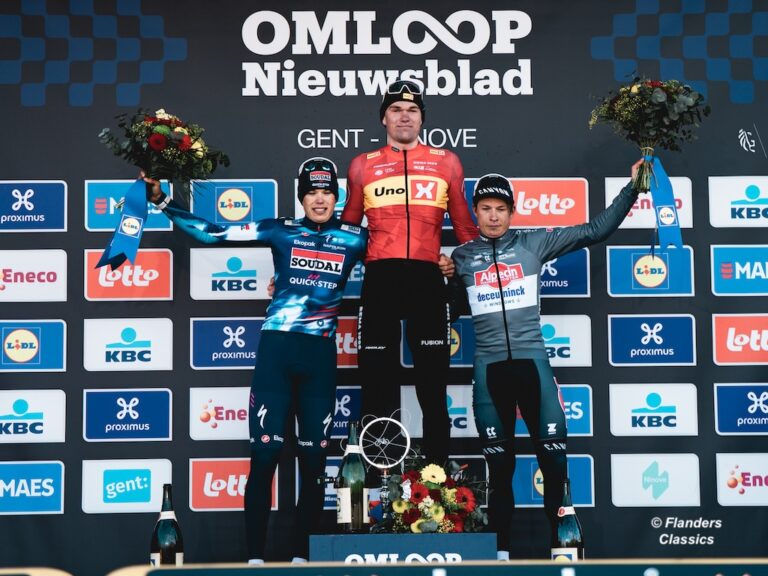While the 2022 Tour de France may be a distant memory, it’s not too early to start thinking about the 2023 TdF, which will take place from July 1-23, 2023 with the first stages planned for Spain’s Basque country. The official route for the 2023 TdF men will be unveiled October 27, 2022, along with the women’s route, the Tour de France Femmes (July 23-30). If you’re planning to attend either one, or both, you might want to consider all your options for watching a stage up close and in person.
Most people who’ve watched the Tour de France in person will tell you that the only kind of stage worth seeing is one in the mountains. After all, that’s where the spectacle that is the Tour de France really happens, ‘where the thrill of victory and the agony of defeat’ is usually played out. And while it’s generally true that mountain stages are the best ones to witness in-person, what happens if you can’t make it to the mountains? After all, there are only so many mountain stages and not all of them are epic. What then? Well, you could watch a stage pass by or see a finish. But keep in mind that the peloton passes by quickly at 50-60 kph and that stage finishes by nature are crowded, hectic places that afterwards can resemble your worst rush hour traffic. In the end, these kinds of options may leave you wondering why you bothered at all to get off the couch.
But there is another option: a Tour de France départ. As the name suggests, a départ is a departure – the start – of a stage. A départ tends to be a more relaxed affair for the riders and TdF personnel, especially if it takes place after the first few stages have been completed. And while you won’t get to see the stars in action on the road at a départ, you will get an up close look at all the players – stars and otherwise – that make up the Tour de France. Check out below our 4 Tips For Watching A TdF Départ.
Photo Gallery: 2022 Tour de France. Dole, France























4 Tips For Watching a TdF Départ
1. Get Informed
Access the Tour de France website www.letour.fr to find out where the stage départ will take place. Next, follow the website links for the village or city where the stage départ will take place for detailed information on parking and the schedule (special events, arrival of team buses, presentation of riders, stage departure time). The TdF organizers have shuttle buses if needed, and if you go by bicycle it’s now possible at some stages to reserve a parking place at the official TdF “bicycle park” organized by Vivons Vélo.
2. Park Smart
Park your car well outside the staging zones reserved for the TdF and pay attention to the direction and route that the stage will take if you don’t want to get caught up in TdF caravan traffic after the departure. Suggested parking zones for the public are listed online, but these are not necessary if you arrive early enough, between 9-10am, and pay attention to the route that the stage departure will take. Avoid following the TdF caravan in the direction that the stage is headed and find routes that won’t be closed.
3. Brown Bag It
It depends on the location, but it’s always a good idea to bring water and food. Not all TdF départs are located near city centers with access to cafes and restaurants. These days, the sheer size of the TdF caravan – team vehicles, publicity caravan, police, official vehicles – makes it logistically impossible for the TdF to plant itself in a city center. As a result, teams and personnel tend to be assigned locations outside the main presentation and start areas. It’s also a good idea to bring a knapsack or carry bag for any water, food, cameras, or swag you might collect from the publicity caravans.
4. Know Where To Go
Take a look at the map you downloaded from the village or city website. Along with TdF route and parking information, you should find some information about the various TdF Départ areas. Usually there are 4 primary areas: TdF stage presentation/start, TdF Village, TdF publicity caravan, TdF team paddock.
The presentation/start area is the main area where people congregate and where publicity caravan personnel will hand out the swag – promotional hats, t-shirts, etc., as well as free coffee. This is also the area where the team presentations will take place and where official TdF merchandise is sold – bottles, hats, t-shirts.
The TdF Village was originally a fenced in area set aside at the départs for sponsors and VIPs to mingle and enjoy a standing brunch. Over time it has grown and the TdF – for a price – now allows access by the general public. So, while it’s possible for anyone to now reserve a TdF Village ticket online for about 280 euros, it probably isn’t worth it unless you are affiliated with sponsors or industry people.
In contrast, the TdF publicity caravan is completely open to the public. Here, you’ll have full access and be able to interact with personnel as they prepare their caravan vehicles for the start. Many of them will be more than willing to pose for photos in front of their caravan and have a quick chat with you.
The last area, the paddock area for the TdF teams, has become more restricted over the years with full access only possible for TdF personnel or VIPs. That said, many riders prefer to meet and greet fans at the barriers and pose for selfies, rather than hang out with the industry VIPs. If you keep an eye out for the media and press moving about inside the team paddock, they will often lead you to riders being interviewed and provide good photo opportunities.

